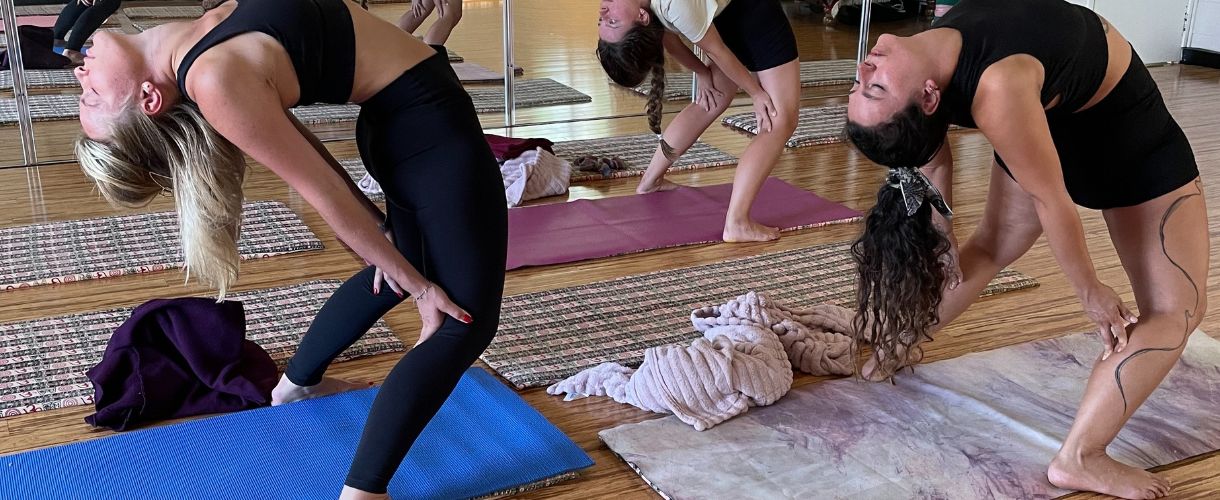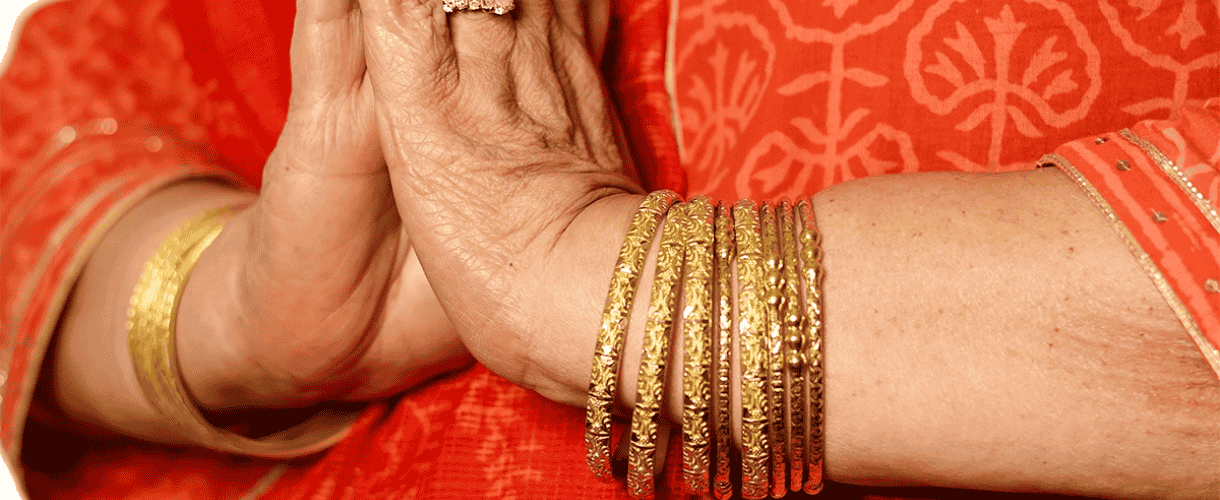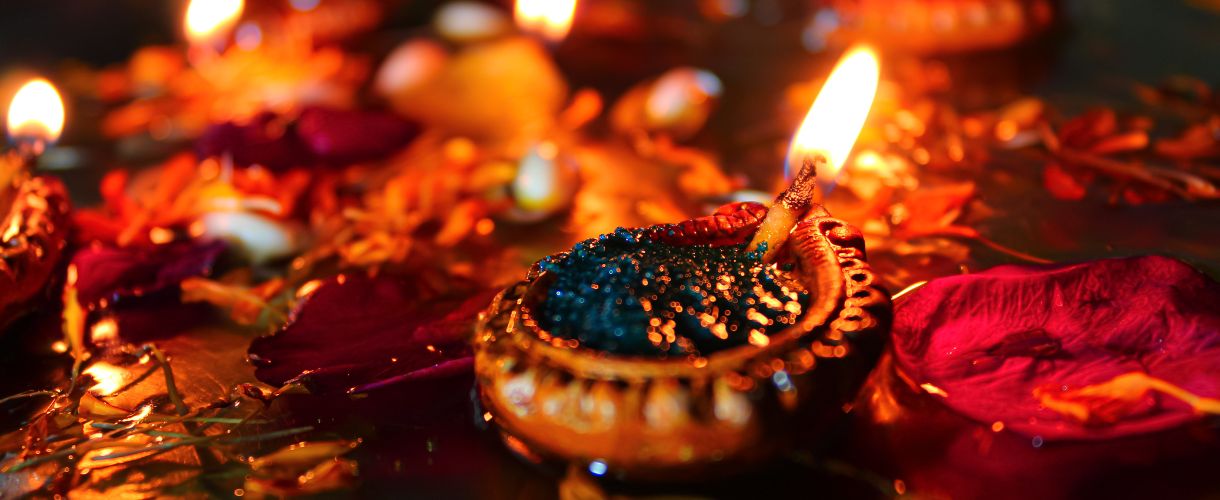
A HEALTHY HEAD OF HAIR
January 23, 2024
Nirvana’s Paths and Forest Baths
March 11, 2024Shanti Yoga is an introspective path for self-transformation that utilises the body for harmonising and strengthening one’s energy.
Shanti is a Sanskrit word which means peace. The asanas (yoga postures) emanate from classical Hatha Yoga, a term that refers to a way of living and moving in balance with solar and lunar flows in the body and in the universe.
As the same fire assumes different shapes
When it consumes objects of differing shapes,
So does the One take the shape
Of every creature in whom it is present.
Katha Upanishad 11.2.9
All Yoga is one.
Nevertheless, contextual, relative, and applicable to your doshic constitution (i.e. your prakruti), a balanced practice in any style of Yoga, together with simple breath awareness, regulates and calms down the nervous system.
A solar flow practice is more active, and requires more energy and power by engaging the muscles. As yoga is not an exercise class, movement must be gentle.
On the other hand, the lunar flow is more restorative, slow paced, simple and nourishing. The quiet aspect of Shanti Yoga practice provides the opportunity to cultivate awareness and mindfulness within the framework of restorative and meditative healing.
With balanced energy, you are better able to understand and free the mind, as well as develop an open and receptive heart. Anyone can benefit from classical Yoga practices to enhance the quality of their life.
Mindfulness is a meditative awareness practice that develops a capacity to attend to your body, emotions, mind, and the environment with a receptive, non-invasive attitude.
When Yoga and mindfulness are braided together in your life of practice, both on and off the mat, you create a potent opportunity to diminish the suffering that is fuelled by habits of distraction and aggression. You also increase your happiness as you begin to enliven your natural vitality and discover an alert quality of presence and openness as part of your authentic nature.
The physical aspect of Shanti Yoga practices involves placing your body into various shapes, and while focusing on the breath, directing your attention to specific areas within you, as you alternate holding and flowing from pose to pose. This kind of practice develops active mind-body attention, while also strengthening the tissues, organs and systems in the body. You learn in a non distracted way to increase the potential for greater vitality within and between the body and mind.
The attitude that needs to be fostered during your practice, must be directed by you and is the main feature that develops your discerning intellect, as your practice continues.
There is an additional aspect of your intelligence that similarly requires you to have an alert interest, yet instead of altering your body or mind, you are required to simply observe these qualities, without interfering with their flow in any way. This kind of training can be understood as being ‘receptive attention’, and is what you develop through the practice of mindfulness.
Practiced together, you develop the capacity to be both active and receptive, both on and off the mat, meaning that the practices you do on the mat you take into your everyday living.
While you do engage in receptive attention during active practice, such as during Sun Salutations, slow flow floor practices that you hold for longer periods of time create a natural container for receptive attention. This aspect of your practice requires skilful guidance, as it is harder to develop. Yet, the process of developing insights that arise when you rest with a receptive attitude, opens you up to a deeper truth about yourself that can directly enhance the way you operate in your daily life.
If your practice includes a receptive element and is genuine and skilful, you will notice direct shifts in how you relate to challenging circumstances during ordinary moments. You will be able to connect with yourself with increased care and kindness better, while feeling more capable to meet the unavoidably difficult circumstances of life, without adding suffering to your suffering.
In order to develop this attitude of sensitive, non-manipulative attention, you will need simple and quiet asana practice, in order to discover what’s going on within you, and inside your body, moment by moment. This is necessary for you to learn to tolerate difficult sensations, while opening yourself up to a wide array of emotions. while attempting to stay intimately connected to your experience in your mind and body during this process.
Feeling challenging sensations, such as discomfort pulsing through you, you come up against your resistance towards difficult sensations, which can cause even more suffering than the discomfort itself. This insight about how you add to your suffering when you struggle, and how awareness of your resistance towards it can diminish your suffering, develops a particular skill that you can apply to simple moments extraneous to your personal practices. The desire to do something in stillness, is residual from our previous desire to seek happiness in objects, substances, activities and relationships. Over time, all such doing, however refined, must subside into simply being. That you are.






